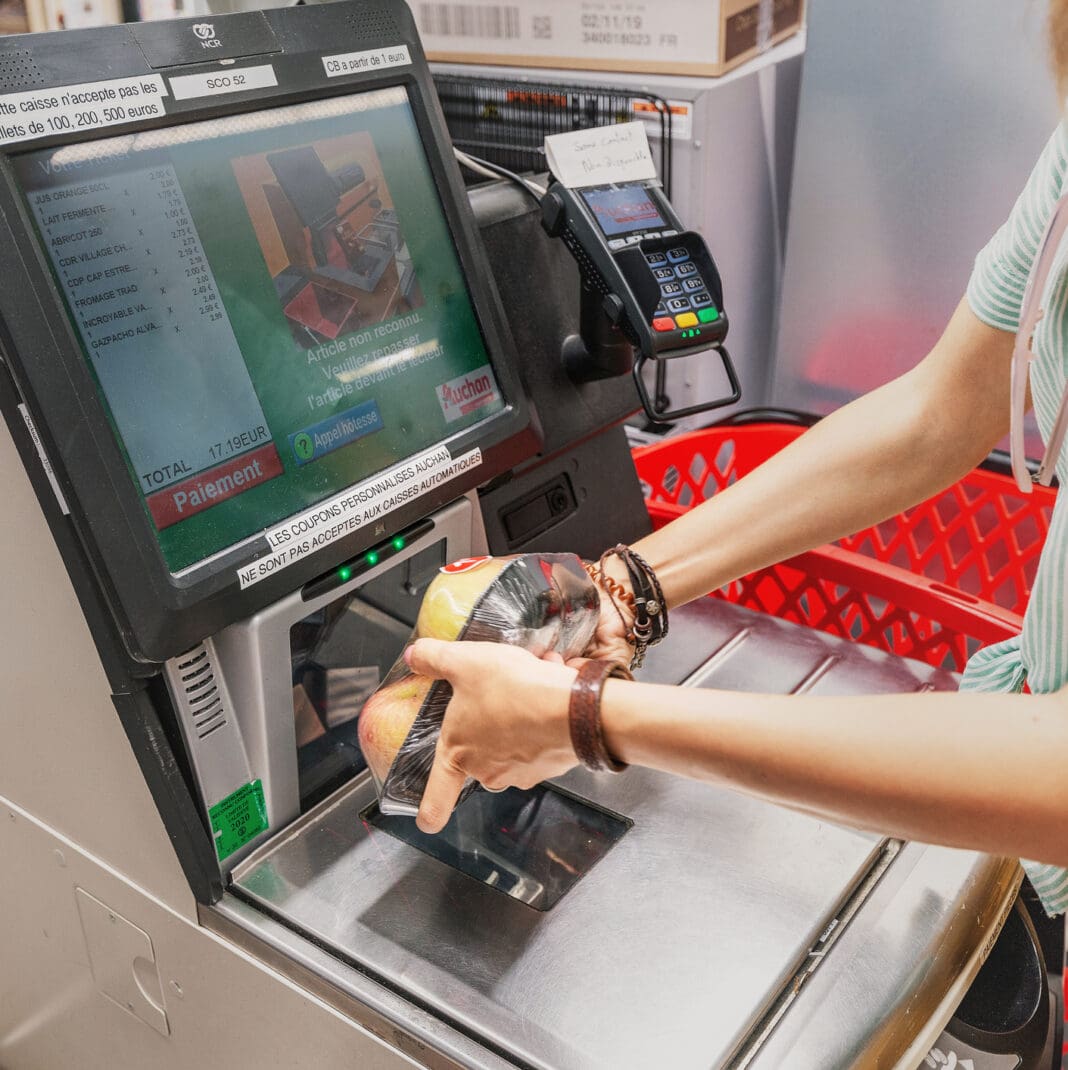In the bustling aisles of modern supermarkets, the self-checkout counters stand as a symbol of technological advancement and consumer convenience. However, beneath their shiny surfaces and digital prompts lies a complex reality that impacts customers, employees, and retailers alike.
1. Efficiency: Myth vs. Reality
Contrary to popular belief, studies have shown that self-checkouts aren’t necessarily faster than manned counters. Customers often need assistance with unexpected item errors or payment issues, which can slow down the process significantly. This reality clashes with the initial promise of speed and convenience touted by self-checkouts.
Additionally, the pressure of self-service can be overwhelming for some shoppers, especially those who are not tech-savvy. The need to scan, bag items, and navigate digital payment options adds layers of complexity to what was once a straightforward process.
Moreover, self-checkouts require frequent intervention from store employees. This not only negates the labor-saving aspect but also places additional stress on the staff, who must juggle multiple roles simultaneously.
2. The Theft Dilemma
One of the most significant issues with self-checkouts is the increase in theft. According to Food Republic, supermarkets have reported losses up to double the industry standard due to self-checkout theft. This encompasses both accidental and intentional theft, with some shoppers taking advantage of the lack of supervision to sneak items through without scanning.
Despite technological advancements in surveillance and detection, these systems are not foolproof. Errors can trigger false alarms, requiring employee intervention and creating potential embarrassment for innocent customers.
Retailers continue to use self-checkouts as a cost-saving measure, relocating staff to other areas. This approach, however, can backfire, leading to increased shrinkage and potential customer dissatisfaction.
3. Consumer Preferences and Habits
Consumer behavior is complex when it comes to self-checkout usage. A study by Catalina, reported by Retail Dive, found that consumers who used both self-checkout and manned lanes had the highest retention rates. This indicates a preference for having options, rather than being limited to one type of checkout experience.
Interestingly, the study also revealed that those who exclusively used self-checkouts tended to have smaller baskets, suggesting they prefer other stores for larger shopping trips. This highlights the importance of offering diverse checkout experiences to cater to different shopping needs and preferences. Coupon incentives at self-checkout lanes have also shown to drive sales growth, indicating that consumers respond well to targeted promotions in this setting.
4. Accessibility Concerns
Self-checkouts pose significant accessibility challenges, particularly for individuals with disabilities. The design of these machines often does not take into account the needs of people who might have difficulty scanning items or navigating touch screens. This oversight can lead to frustration and exclusion for a significant segment of shoppers.
Additionally, the physical layout of self-checkout areas can be problematic. Tight spaces and high counters make it difficult for people in wheelchairs or with mobility issues to use these machines comfortably and independently. Retailers must consider these factors when implementing self-checkout solutions to ensure an inclusive shopping experience for all customers.
5. The Impact on Employment
While self-checkouts are often seen as a way to reduce labor costs, their impact on employment is nuanced. The introduction of these machines can lead to a reduction in cashier positions, but it also creates new roles for employees who assist with self-checkouts, manage technology issues, and provide customer service in other areas of the store.
This shift in job roles requires additional training and adaptation from employees, who must now possess a broader set of skills to navigate the changing retail landscape. Furthermore, the reliance on self-checkouts can lead to a depersonalized shopping experience, potentially affecting customer loyalty and satisfaction.
6. Health and Safety Concerns
In the age of heightened awareness around hygiene and health safety, self-checkouts present unique challenges. These machines are frequently used by different customers throughout the day, making them hotspots for the spread of bacteria and viruses if not properly sanitized.
Although some stores implement regular cleaning protocols, the sheer volume of use makes it difficult to maintain a consistently high level of cleanliness. This raises concerns about the potential health risks associated with using these machines, particularly during flu seasons or pandemics. Customers and employees alike must be vigilant about hygiene practices when interacting with self-checkout kiosks.
7. Legal and Ethical Concerns
The increase in self-checkout usage has also raised legal and ethical concerns. As noted by Your Tango, there have been instances of customers facing false accusations of shoplifting due to errors at self-checkout counters. This poses significant legal risks for both customers and retailers.
Furthermore, the line between accidental and intentional theft can often be blurred in self-checkout scenarios, leading to ethical dilemmas and challenging situations for store employees and customers alike. Retailers must navigate these complexities carefully to ensure fair treatment of customers while also protecting their assets.
In conclusion, the world of grocery self-checkouts is more intricate than it appears. These machines, while offering convenience and efficiency, also bring a host of challenges and considerations that affect consumers, employees, and the retail industry as a whole. Understanding these multifaceted impacts is crucial as we navigate the evolving landscape of modern shopping experiences.

